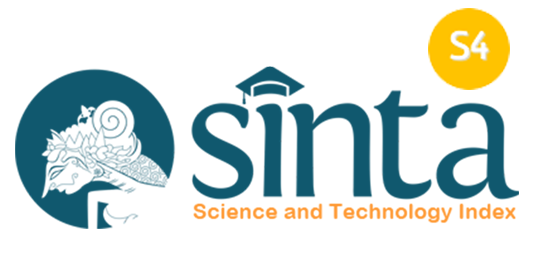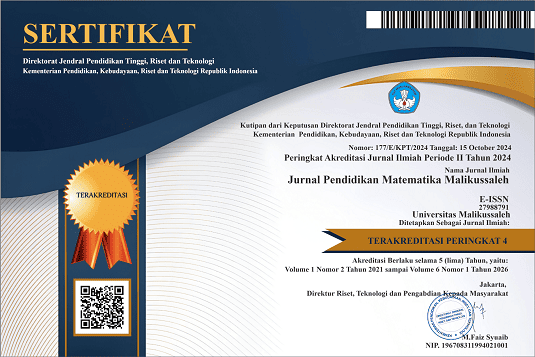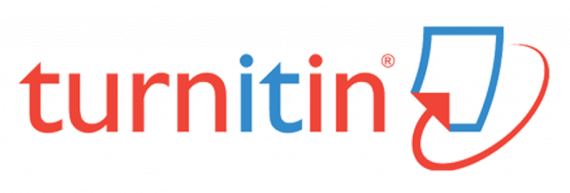PENERAPAN MODEL PEMBELAJARAN CREATIVE PROBLEM SOLVING (CPS) UNTUK MENINGKATKAN KEMAMPUAN PEMECAHAN MASALAH MATEMATIS DAN SELF-EFFICACY MATEMATIS SISWA
Abstract
Keywords
Full Text:
PDFReferences
Ananda, Y. Y. T., & Novita, D. (2018). Penerapan Model Pembelajaran Kooperatif Tipe Two Stay Two Stray Pada Materi Laju Reaksi Untuk Melatihkan Self Efficacy Siswa Kelas XI MIPA 2 SMA 1 Blitar. Unesa Journal of Chemical Education, 7(2), 200–207. https://doi.org/https://doi.org/10.26740/ujced.v7n2.p%25p
Aziz, A. F., Kusumaningsih, W., & Rahmawati, N. D. (2020). Pengaruh Model Pembelajaran Missouri Mathematics Project (MMP) dengan Strategi Think Talk Write (TTW) Terhadap Kemampuan Pemecahan Masalah Matematika Siswa SMP. Imajiner: Jurnal Matematika Dan Pendidikan Matematika, 2(2), 127–132. https://doi.org/10.26877/imajiner.v2i2.5774
Berutu, R., Saputra, E., & Aklimawati, A. (2022). Pengaruh Model Pembelajaran Missouri Mathematics Project (MMP) Berbantuan Alat Peraga Terhadap Kemampuan Pemecahan Masalah Matematis Siswa Di Kelas XI SMA Negeri 1 Gunung Meriah. Jurnal Pendidikan Matematika Malikussaleh, 2(1), 181. https://doi.org/10.29103/jpmm.v2i1.7369
Fadillah, S. (2009). Kemampuan pemecahan masalah matematis dalam pembelajaran matematika. Prosiding Seminar Nasional Penelitian, Pendidikan Dan Penerapan MIPA, 1(4), 553–558. https://eprints.uny.ac.id/12317/
Hanafi, A. N. (2019). EFEKTIVITAS MODEL PEMBELAJARAN CREATIVE PROBLEM SOLVING TERHADAP DISPOSISI MATEMATIS DAN KEMAMPUAN BERPIKIR KRITIS SISWA PADA MATERI TRIGONOMETRI KELAS X MA MATHALIBUL HUDA MLONGGO JEPARA TAHUN AJARAN 2018/2019 [UNIVERSITAS ISLAM NEGERI WALISONGO]. https://eprints.walisongo.ac.id/id/eprint/10386/1/naskah skripsi.pdf
Isfayani, E., Johar, R., & Munzir, S. (2018). Peningkatan Kemampuan Koneksi Matematis dan Self- Efficacy Siswa melalui Model Pembelajaran Kooperatif Tipe Rotating Trio Exchange (RTE). Jurnal Elemen, 4(1), 80. https://doi.org/10.29408/jel.v4i1.473
Maisura. (2020). Pengaruh Model Pembelajaran Creative Problem Solving (CPS) Terhadap Kemampuan Pemecahan Masalah Matematika Siswa SMP/MTs Skripsi. 83.
Meika, I., Ramadina, I., Sujana, A., & Mauladaniyati, R. (2021). Kemampuan Pemecahan Masalah Matematis Siswa Dengan Menggunakan Model Pembelajaran SSCS. Jurnal Cendekia : Jurnal Pendidikan Matematika, 5(1), 383–390. https://doi.org/10.31004/cendekia.v5i1.388
Nurfarahin. (2019). Peningkatan Kemampuan Pemecahan Masalah Matematis Siwa dengan Menggunakan Model Kooperatif Think, Pair and Share (TPS) Pada Materi Trigonometri di Kelas X SMK Negeri 7 Lhoksmawe. Universitas Malikussaleh.
Putra, H., Fathia Thahiram, N., Ganiati, M., Nuryana, D., Studi, P., Matematika, P., Siliwangi, I., Jenderal, J. T., Cimahi, S., Kunci, K., Pemecahan, K., Matematis, M., & Siswa, P. (2018). Kemampuan Pemecahan Masalah Matematis Siswa SMP pada Materi Bangun Ruang Development of Project-Based Blended Learning Model to Support Student Creativity in Designing Mathematics Learning in Elementary School. Jurnal Ilmiah Pendidikan Matematika), 6(2), 82–90. http://journal.unipma.ac.id/index.php/jipm
Rahmawati, A., Lukman, H. S., & Setiani, A. (2021). Analisis Kemampuan Pemecahan Masalah Matematis Ditinjau dari Tingkat Self-Efficacy. EQUALS: Jurnal Ilmiah Pendidikan Matematika, 4(2), 79–90. https://doi.org/10.46918/equals.v4i2.979
Riyadi, T. I. (2021). Peningkatan kemampuan Berpikir Kritis Matematis dan Self-Efficacy dengan Menggunakan Pendekatan Pembelajaran Creative Problem Solving. Integral : Pendidikan Matematika, 12(2), 11–20. https://doi.org/10.32534/jnr.v12i2.2021
Rizki Lestari, R., Mulyono, & Minarni, A. (2018). An Effort to Improve Mathematical Problem Solving Ability of Middle Secondary School Students through Autograph-Assisted Mathematics Realistic Education Approach. American Journal of Educational Research, 6(10), 1338–1343. https://doi.org/10.12691/education-6-10-1
Shoimin, A. (2017). 68 Model Pembelajaran Inovatif Dalam Kurikulum 2013 (Rose KR). Ar-Ruzz Media. https://opac.perpusnas.go.id/DetailOpac.aspx?id=1144055
Siregar, S. (2017). Metode Penelitian Kuantitatif : Dilengkapi Dengan Perbandingan Perhitungan Manual & SPSS. Kencana. https://opac.perpusnas.go.id/DetailOpac.aspx?id=1058651
Sugiyono. (2020). Metode Penelitian Kuantitatif, Kualitatif dan Kombinasi (Mixed Methods). Alfabeta. https://opac.perpusnas.go.id/DetailOpac.aspx?id=853411
DOI: https://doi.org/10.29103/jpmm.v4i1.15646
 Article Metrics
Article Metrics
 Abstract Views : 221 times
Abstract Views : 221 times
Refbacks
- There are currently no refbacks.
Copyright (c) 2024 Rauzatul Jannah S, Fajriana Fajriana, Mursalin Mursalin, Muliana Muliana, Fitri Ayu Ningtiyas

This work is licensed under a Creative Commons Attribution-ShareAlike 4.0 International License.

This work is licensed under a Creative Commons Attribution-ShareAlike 4.0 International License. View My Stats






1.png)

